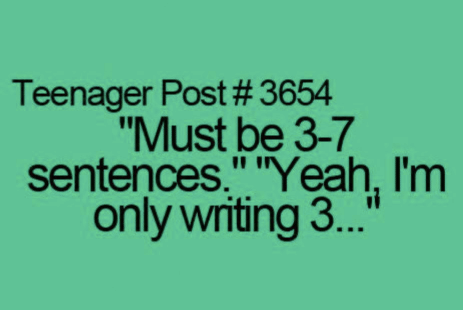The Three-Sentence Wrap-Up
What It Is
By asking students for Three-Sentence Wrap-Ups, you eliminate their tendency to add every peripheral item discussed in your lesson. Students have to be selective, determine what is most important, and then succinctly sum it up. Having to summarize something lengthy, in three sentences or fewer, can be a bit of a challenge. But it requires that students sift out what is important and sum up their understandings in a concise way.
How It Works
- At the end of a lesson or unit, have students summarize it in three sentences or fewer.
- Have small groups get together to share and refine their summaries.
How to Ensure Higher-Order Thinking
Ask students to get into small groups and compare their Three-Sentence Wrap-Ups. Is there a way to pare the summary down to even fewer sentences and fewer words? What parts are essential? This additional activity will require that students further analyze what they have selected and determine what is most important. Finish this off with a Chalkboard Splash, with the small groups writing their final wrap-up sentence (or sentences) on the board. After individuals meet with their small groups, you can also ask students to add a fourth sentence that addresses the topic’s relevance toward life. The fourth sentence might begin with “This is important because . . . .”

Source
Himmele P., and Himmele, W. Total Participation Techniques: Making Every Student an Active Learner. ASCD, 2017, pp.128-129.
